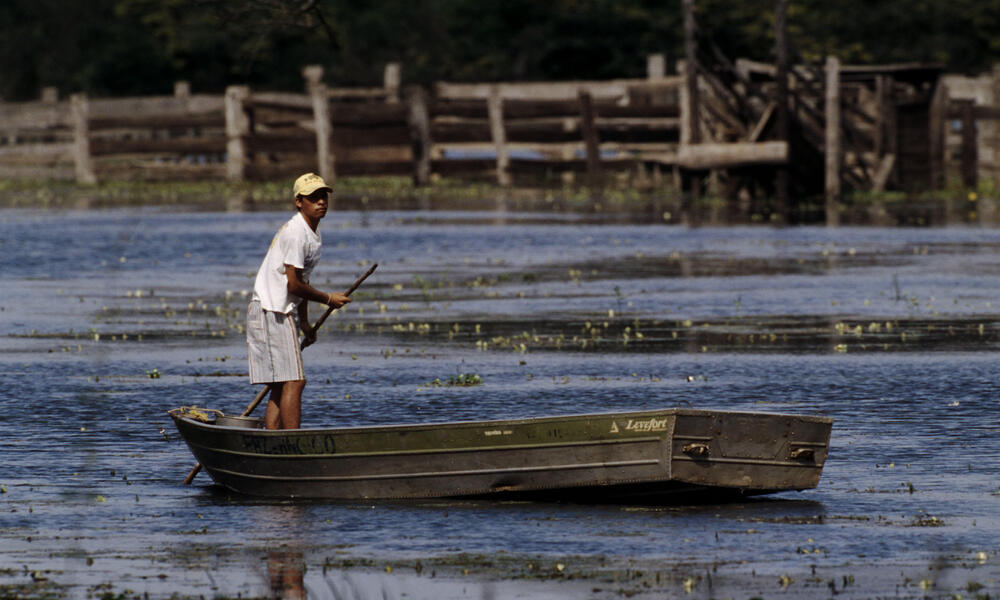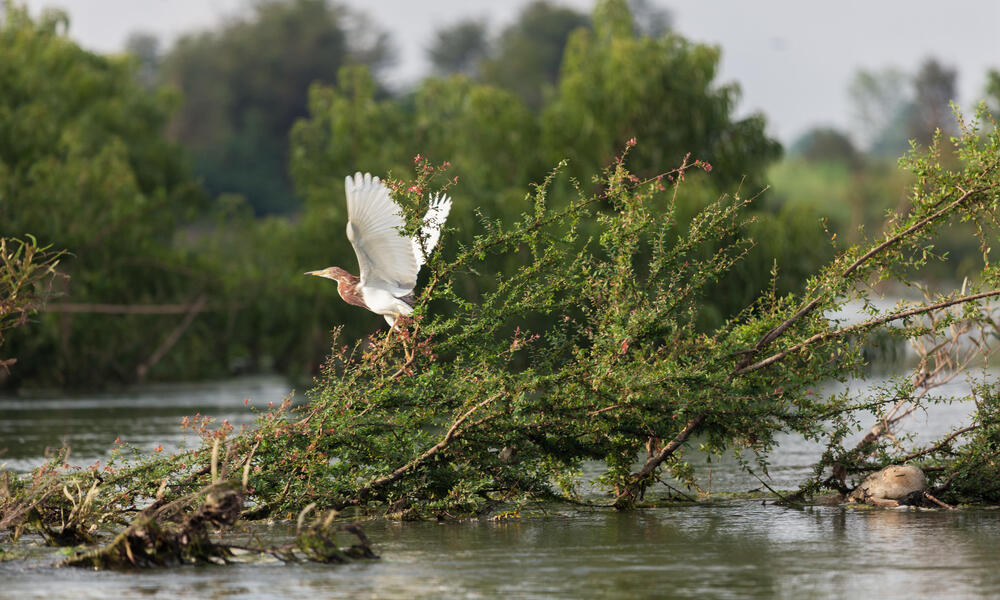Water is essential for all life on Earth. Freshwater is used for drinking, sanitation, agriculture, transportation, electricity generation, and recreation. Freshwater habitats, like lakes, rivers, streams, and wetlands, house more than 10% of all known animal species and about 50% of all known fish species, despite covering less than 1% of the earth's surface.
One of these freshwater habitats, wetlands—aquatic environments that are covered by freshwater, saltwater, or a mix—are often undervalued. They are the planet’s natural waste-water treatment facilities and carbon-storing champions. And they’re crucial for food security. Between 300 million and 400 million people live close to and depend on wetlands. They support the cultivation of rice, a staple in the diet of half the world’s population. They also provide flood control, clean water, shoreline and storm protection, materials, medicines, and vital habitat.
As much as 87% of the world's wetlands has been lost over the past 300 years, with much of this loss happening after 1900, despite their value to the human population. WWF is working to conserve and protect these valuable habitats.
Learn more about the importance of wetlands:




